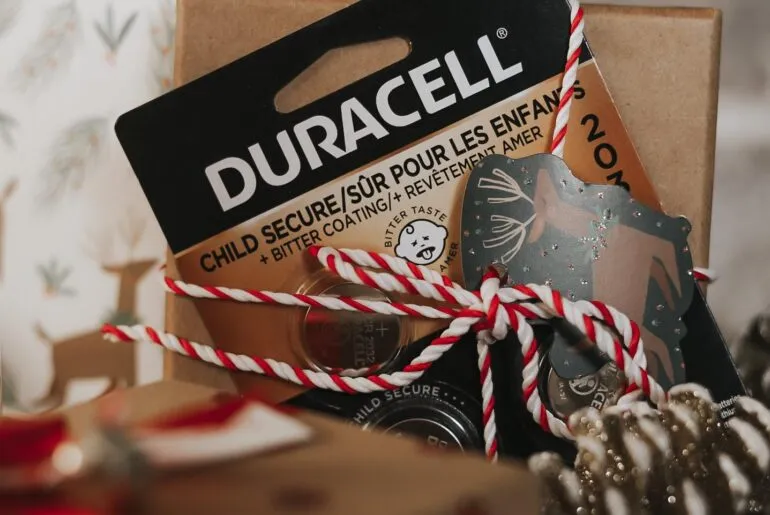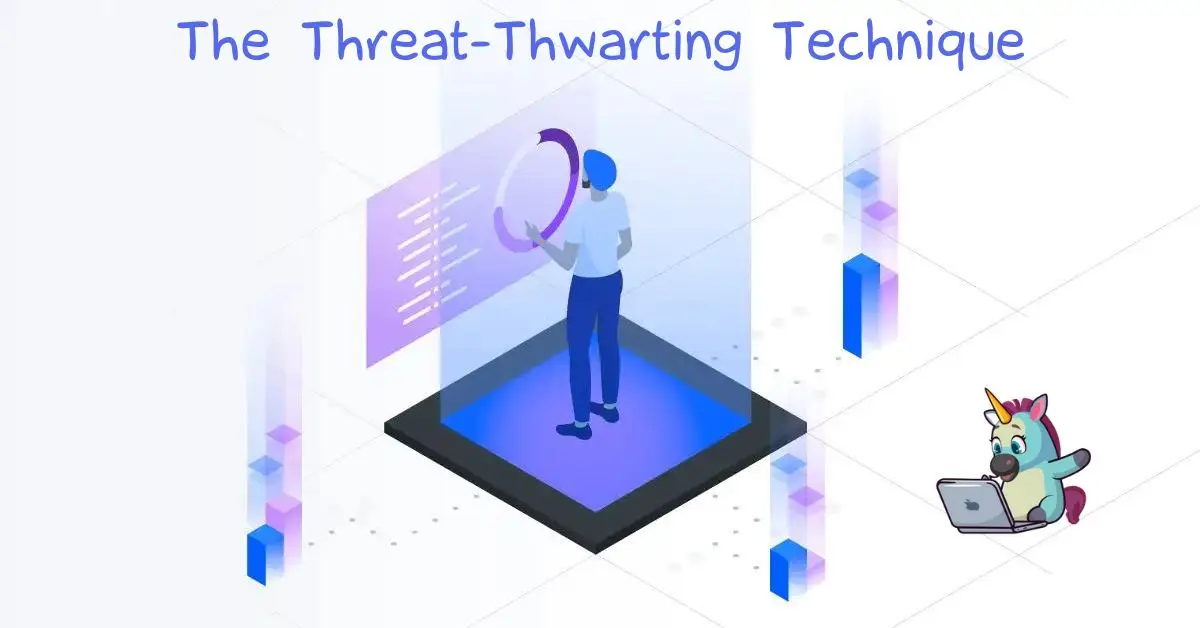
Have you ever felt your heart race while watching a horror movie?
Or do your palms sweat during a turbulent flight?
That’s fear, baby.
And guess what?
It’s not just for adrenaline junkies and haunted houses.
In the marketing world, fear is a powerful tool that can make your audience sit up, take notice, and, most importantly – take action.
We call this the Threat-Thwarting Technique, also known in psychology as the Appeal to Fear.
But wait…
How can this technique help your marketing and, at the same time, be ethical?
😱 The psychology behind the Threat-Thwarting Technique

The Threat-Thwarting Technique is a persuasive message where you tell your audience about potential harm and then offer a way to prevent it.
This method suggests that by highlighting potential risks or negative outcomes, you can motivate people to take preventive action or make specific choices.
Marketers use this approach to create a sense of urgency and prompt quick decision-making.
It’s as if our brains whisper, “Danger ahead! But here’s how to stay safe!”
🧠 The Science Behind the Threat-Thwarting Technique

At its core, it’s about risk aversion and loss prevention.
Our brains are wired to avoid potential threats, even at the cost of missing out on positive experiences.
This protective instinct creates a powerful motivator for action when we perceive a threat.
A 2015 study led by Melanie Tannenbaum confirmed the effectiveness of fear appeals, especially when paired with clear, actionable solutions.
This psychological mechanism explains why we’re more likely to buy insurance, back up our data, or invest in security systems.
Marketers use this by highlighting potential risks and then offering their product or service as the solution.
It’s like our brains say, “There’s a problem, and here’s how to fix it. Act now!“
💼 How to Use the Threat-Thwarting Technique in Your Marketing Campaigns

Ready to use this technique (responsibly) in your marketing?
Here’s how you can apply it:
- Identify relevant threats: Understand your audience’s genuine concerns related to your product or service.
- Present the danger: Clearly communicate the potential negative consequences of inaction.
- Offer your shield: Immediately follow up with how your product or service addresses the issue.
- Use vivid imagery: Create impactful visuals that illustrate both the problem and the solution.
- Balance fear with hope: Ensure your message isn’t purely negative by focusing on the positive outcomes of taking action.
Remember, balance is crucial.
Your marketing should motivate action without causing undue anxiety or exploiting vulnerabilities.
Don’t go full doomsday – a little threat goes a long way!
🐐 Threat-Thwarting Technique Marketing GOATs
Ready to see the Threat-Thwarting Technique in action?
Volvo’s “A Million More” Campaign

Volvo brilliantly uses the fear of car accidents to promote their safety features. They showcase real accident survivors, emphasizing the life-saving potential of their vehicles.
Duracell’s “Protect Your Family” Ads

Duracell plays on the fear of powerlessness during emergencies, positioning their long-lasting batteries as essential for disaster preparedness.
Listerine’s “Kills Germs That Cause Bad Breath” Campaign

Listerine taps into social anxiety by highlighting the embarrassment of bad breath, offering their mouthwash as the solution to avoid social rejection.
Climate Change Campaigns

Environmental organizations often use stark imagery of natural disasters and endangered species to motivate action against climate change.
Home Security System Ads

Companies like ADT use scenarios of home invasions to emphasize the need for their security systems, playing on fears of vulnerability and crime.
💡 The Threat-Thwarting Technique Takeaway
The Threat-Thwarting Technique isn’t just about scaring people – it’s a powerful tool for motivating action and driving decision-making.
Use it wisely, creating a balance between highlighting genuine risks and offering empowering solutions.
When applied ethically and effectively, it can boost engagement, drive conversions, and yes – even save lives.
So go ahead, give your audience a glimpse of the threat – just make sure you’re ready with your brand’s shield to make it all better!


Leave a Reply